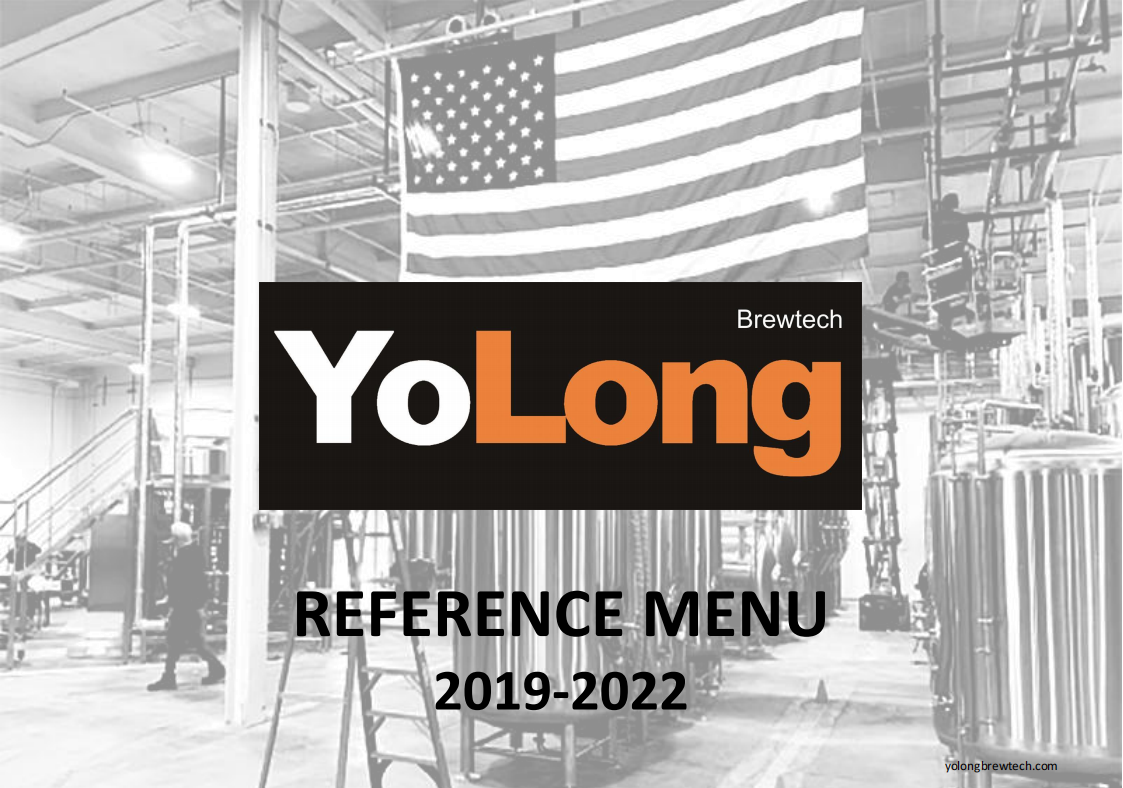Advantages of Stainless Wine Tanks
Durability and Longevity of Stainless Wine Tanks
When it comes to winemaking, durability isn’t just a nice-to-have—it’s essential. Stainless steel wine tanks are built like tanks (pun totally intended). These tanks are made from high-grade stainless steel, typically 304 or 316 alloys, which are highly resistant to corrosion, wear, and damage from environmental factors like temperature fluctuations or humidity. Compare that to other materials like plastic or oak, which degrade over time, and you quickly see why stainless is the long-haul champ.
Wineries invest in stainless tanks not because they’re trendy, but because they last decades. Even after years of use, these tanks show minimal wear, and with routine maintenance, they maintain their structural integrity and visual appeal. The cost of replacement or frequent repairs is practically nonexistent—talk about a win for your wallet!
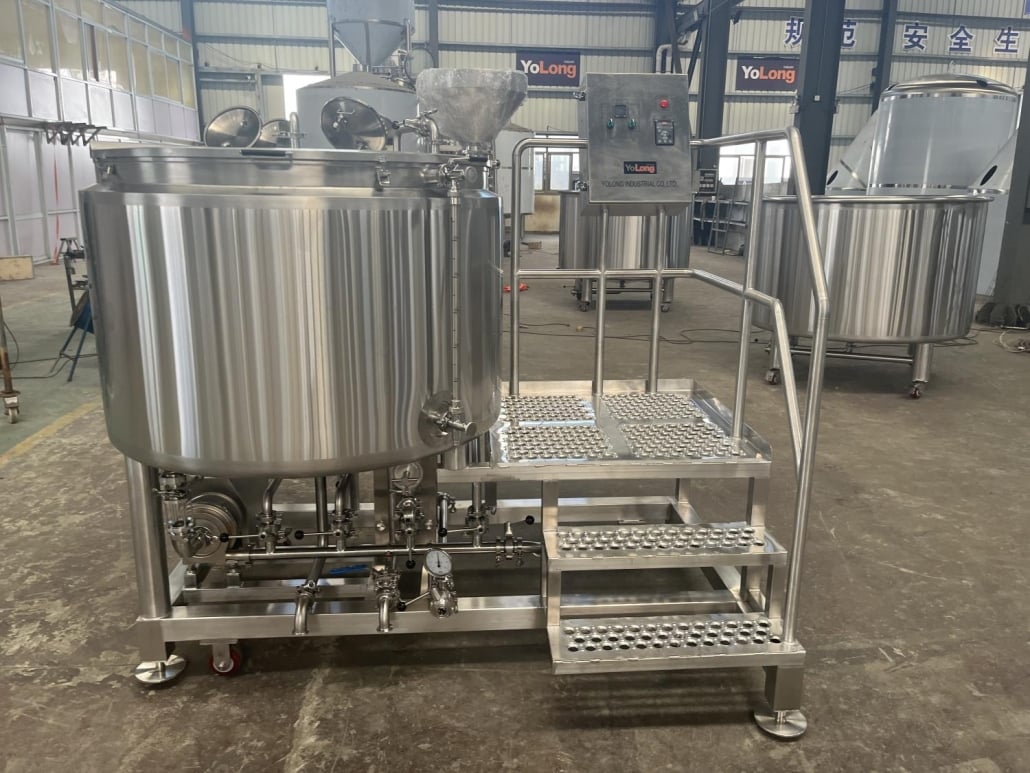
Hygiene and Easy Cleaning in Stainless Wine Tanks
Here’s where stainless steel really shines—literally and figuratively. One of the most compelling advantages of stainless wine tanks is their cleanliness. Stainless steel has a non-porous surface, which means bacteria, yeast, and other microbes don’t stand a chance of embedding themselves like they do in porous materials such as oak.
Winemakers can clean and sanitize stainless tanks with remarkable ease. Most tanks are equipped with CIP (Clean-In-Place) systems that make sanitation a breeze without disassembly. You can use hot water, steam, or sanitizing agents without worrying about absorption or contamination. No wonder stainless is the gold standard in both boutique and industrial wineries.
Temperature Control in Stainless Steel Wine Tanks
Controlling fermentation temperature isn’t just about being picky—it’s vital to the taste, aroma, and structure of your wine. Stainless wine tanks come equipped with built-in temperature jackets or internal coils that allow precise control of the fermentation environment.
Think of it like this: would you bake a cake without controlling the oven temperature? Of course not. That’s how critical it is for wine fermentation. With stainless, winemakers can chill the must or warm it up to kickstart fermentation, depending on the grape variety and desired wine profile. You don’t get that kind of precision with oak barrels.
Flavor Neutrality of Stainless Steel Compared to Other Materials
| Material | Flavor Impact | Ideal Use Case | Maintenance Required | Lifespan |
|---|---|---|---|---|
| Stainless Steel | Neutral – no flavor added | Perfect for pure varietal expression | Easy to clean | 20+ years |
| Oak Barrels | Adds flavors (vanilla, spice) | Great for wines needing complexity and aging | High (cleaning + aging) | 5-7 years |
| Plastic/Fiberglass | May leach flavors over time | Budget wineries, short-term storage | Moderate | 5-10 years |
With stainless tanks, what you put in is what you get out. There’s no unexpected flavor contribution, which means the unique terroir and grape characteristics take center stage. This is especially important for white wines and crisp reds that don’t benefit from oak aging. Winemakers seeking clean, consistent, and unadulterated results choose stainless every time.
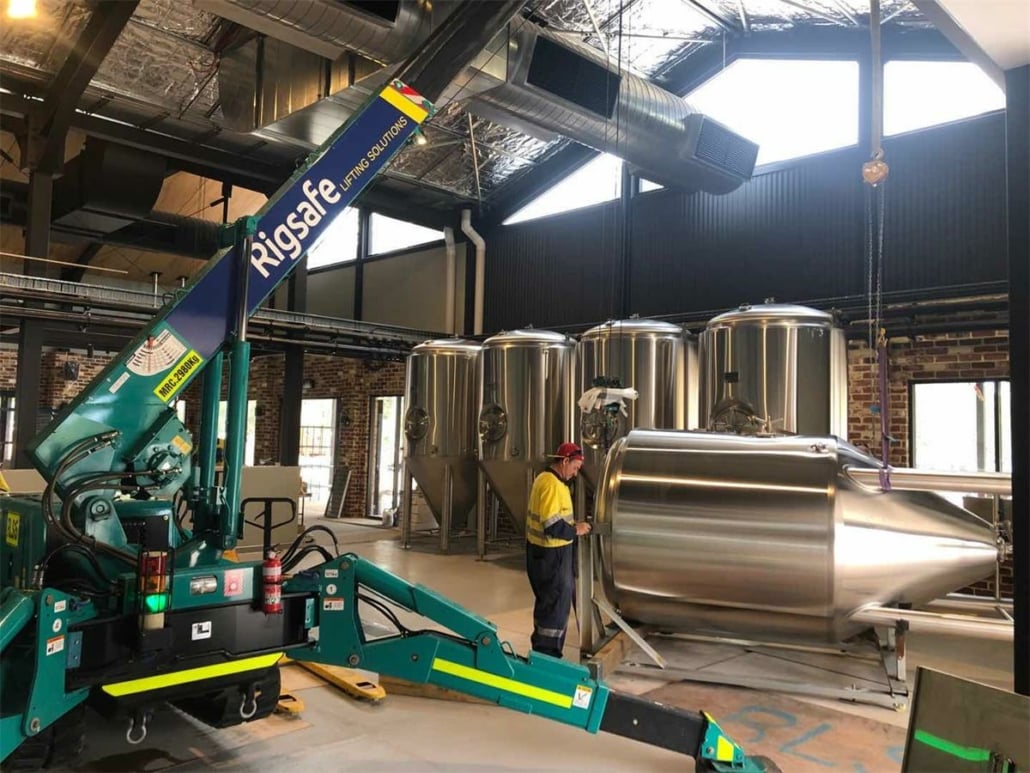
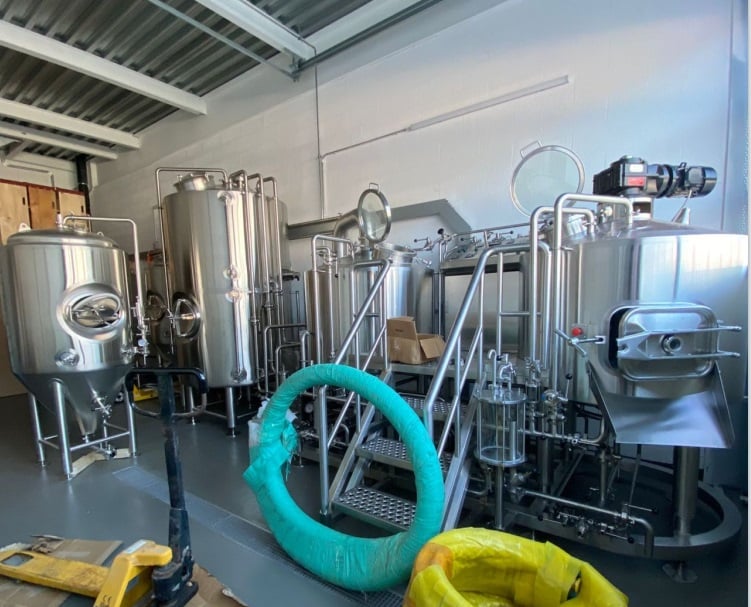
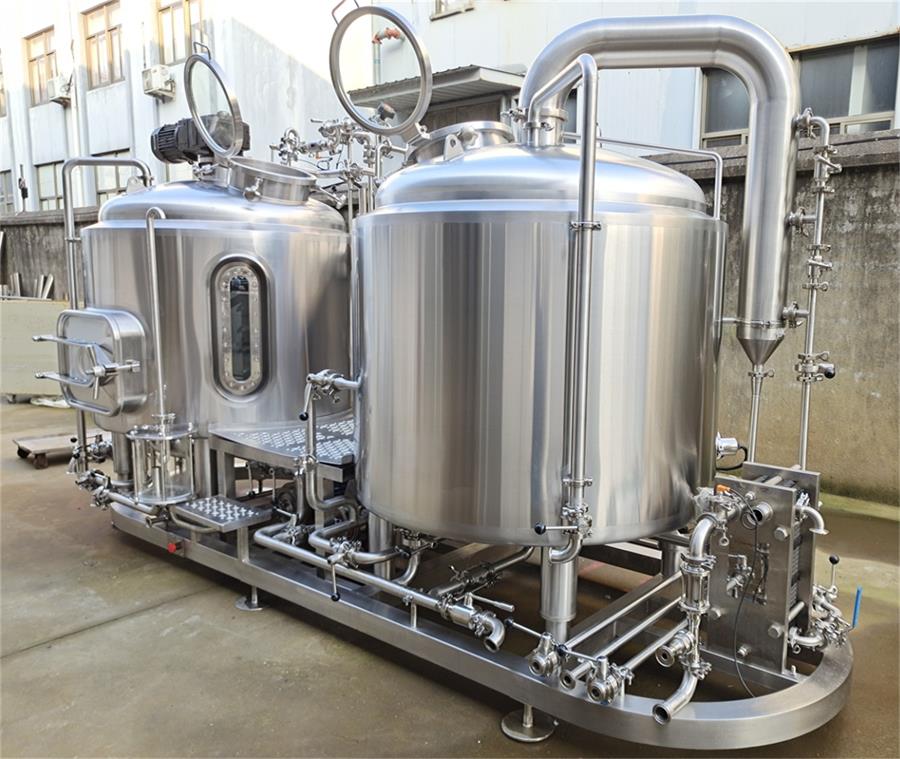
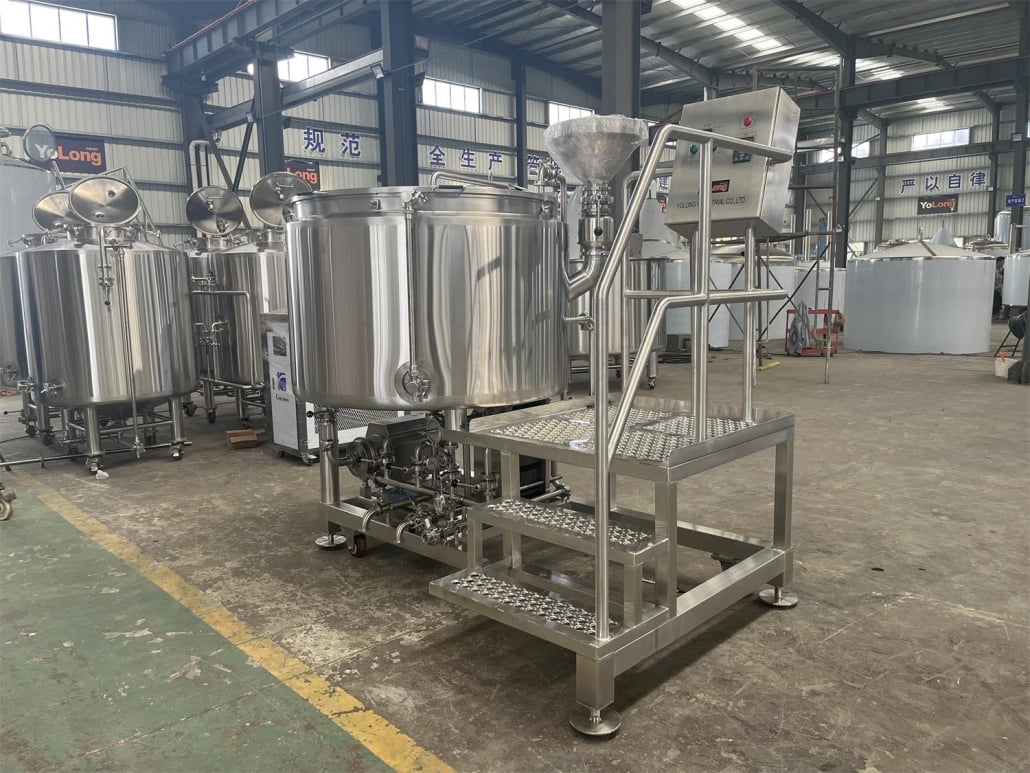
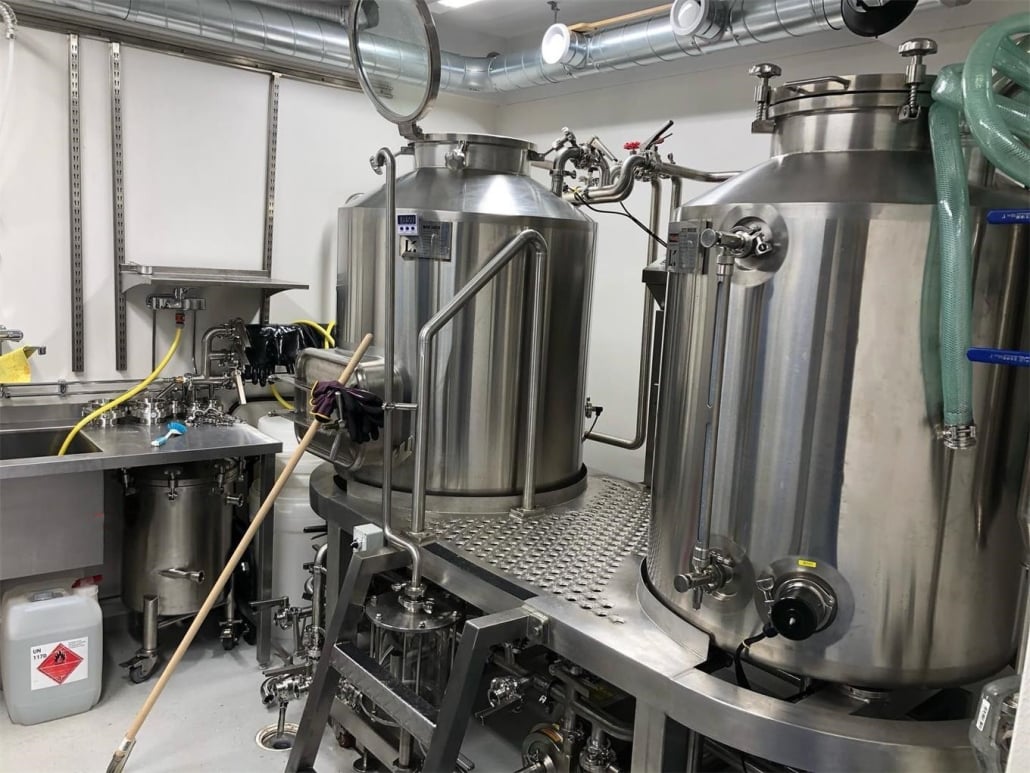
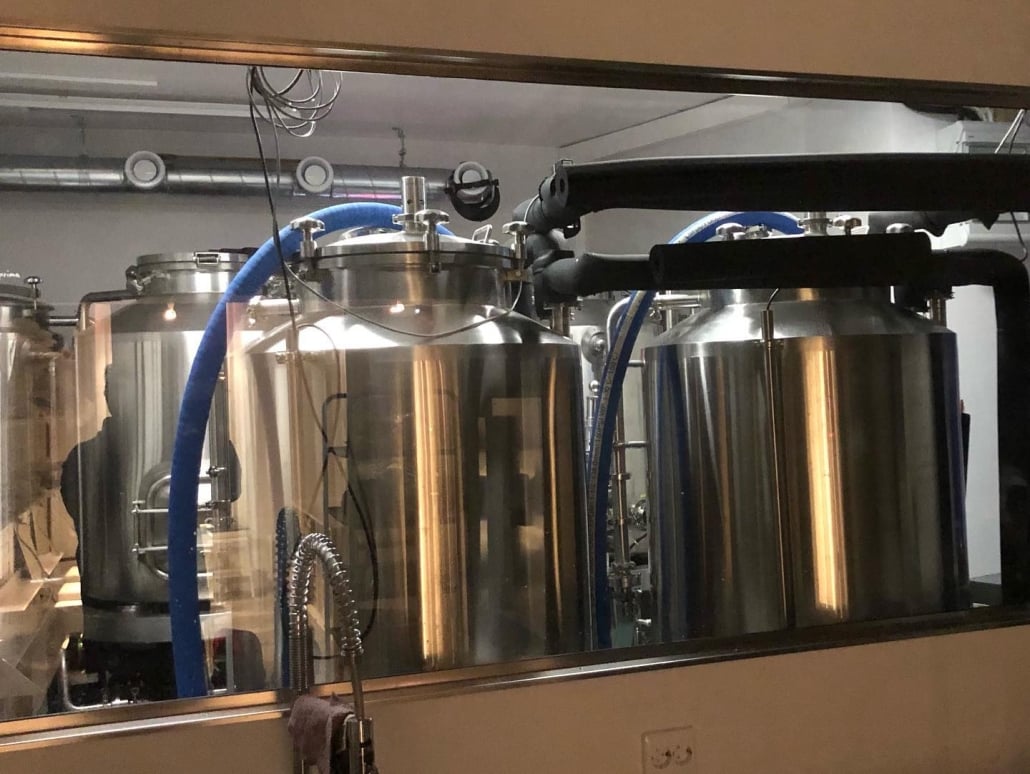
Cost-Effectiveness in the Long Term
Now let’s talk money. Sure, stainless tanks come with a higher upfront cost compared to plastic or even some oak barrels. But let’s not confuse cost with value. When you factor in longevity, low maintenance, reduced contamination risk, and minimal need for replacements, stainless wine tanks often end up being the most economical choice over time.
A single stainless steel tank might cost more initially, but it will last decades. Contrast that with oak barrels that require regular replacement and conditioning, and the numbers speak for themselves. Plus, stainless tanks can be resold or repurposed, retaining a significant portion of their value.
Customization and Scalability with Stainless Wine Tanks
One size rarely fits all in winemaking. Stainless steel tanks are available in a dizzying array of sizes, shapes, and configurations. Whether you’re running a small artisanal winery or a commercial production facility, there’s a tank that fits your needs like a glove.
You can choose vertical tanks, horizontal tanks, conical bottoms, floating lids, pressure-rated designs, and more. Need automation? Integrate sensors, PLC controls, and remote monitoring. Need mobility? Add casters or mount it on a forklift-compatible base. Stainless lets you scale up or customize without constraints, making it a dream for growing wineries.
Stainless vs. Oak Barrels: A Detailed Comparison
| Feature | Stainless Wine Tanks | Oak Barrels |
|---|---|---|
| Durability | 20+ years, corrosion-resistant | 5-7 years, prone to microbial issues |
| Cleaning | Easy with CIP systems | Labor-intensive |
| Flavor Impact | Neutral, retains varietal characteristics | Adds oak flavor (vanilla, spice) |
| Temperature Control | Precise with jackets/coils | None |
| Customization Options | Extensive | Limited |
| Initial Cost | High upfront, low lifetime cost | Lower upfront, recurring cost |
| Reusability | High resale value | Limited reuse |
When it comes to stainless vs. oak, it’s not a one-size-fits-all battle. It depends on what you’re crafting. Want that oaky, aged complexity? Oak barrels are your friend. But for versatility, consistency, and cost-efficiency, stainless is hard to beat.
Applications in Modern Wineries Using Stainless Wine Tanks
Walk into any modern winery and odds are you’ll see rows of gleaming stainless steel tanks. These aren’t just for show. Today’s winemakers are tech-savvy, quality-obsessed artisans who demand equipment that delivers precision, reliability, and consistency.
Stainless tanks are used throughout the winemaking process—from fermentation to maturation to storage. They support a wide variety of wine styles and production scales. In fact, many hybrid approaches now use stainless tanks for primary fermentation and oak barrels for aging to strike the perfect balance.
Some wineries even use stainless tanks with oak inserts or staves to simulate barrel aging, giving them the best of both worlds. The flexibility of stainless makes it the backbone of contemporary wine production.

Conclusion
Choosing stainless steel wine tanks isn’t just a practical decision—it’s a strategic one. From durability to hygiene, from cost-efficiency to customization, these tanks offer unmatched benefits that can elevate both the quality of your wine and the efficiency of your operations.
Whether you’re a seasoned vintner or a passionate newcomer, stainless gives you the tools to craft better wine with fewer headaches. The future of winemaking is clean, precise, and, yes—stainless.
FAQs
| Question | Answer |
|---|---|
| Why are stainless wine tanks preferred over oak barrels? | They offer better durability, easy cleaning, precise temperature control, and flavor neutrality. |
| Do stainless tanks affect the taste of wine? | No, stainless is flavor-neutral, preserving the wine’s original characteristics. |
| Are stainless wine tanks cost-effective? | Yes, due to their long lifespan and low maintenance, they provide great value over time. |
| Can small wineries use stainless tanks effectively? | Absolutely! They come in various sizes and are customizable to fit small-scale needs. |
| How long do stainless steel tanks typically last? | With proper care, they can last 20 years or more. |
| Are stainless wine tanks environmentally friendly? | Yes, they are recyclable and reduce the need for frequent replacements compared to barrels. |
Share this entry
Interested in learning more about Brewing Systems including additional details and pricing information? Please use the form below to contact us!
YOLONG BREWERY EQUIPMENT FAQS
- Commercial Brewery / Craft Brewery / Microbrewery / Nanobrewery
- What is The Difference Between Craft Beer and Industrial Beer?
- The Bespoke Differences In Custom Brewing Systems
- Everything You Need to Know About Kettle Souring
- How to Choose Brewing Equipment for Your business?
- How To Choose The-Best Partner To Build Your Commercial Microbrewing System?
- Two Detection Sensors That You Need To Use In Your Brewhouse System
- Remote Control Applications in Brewing Equipment/How does it work?
- How To Clean Your Brand New Brewery Tanks?

